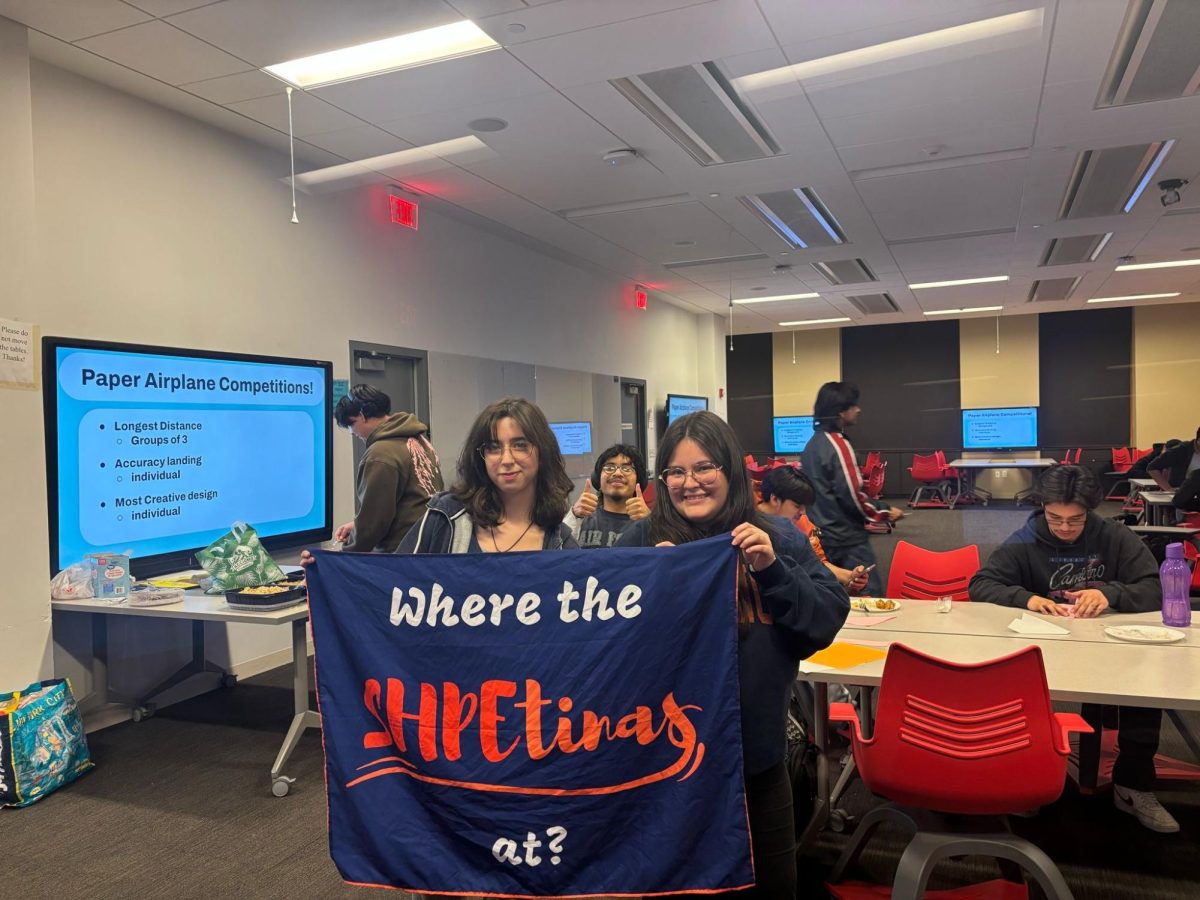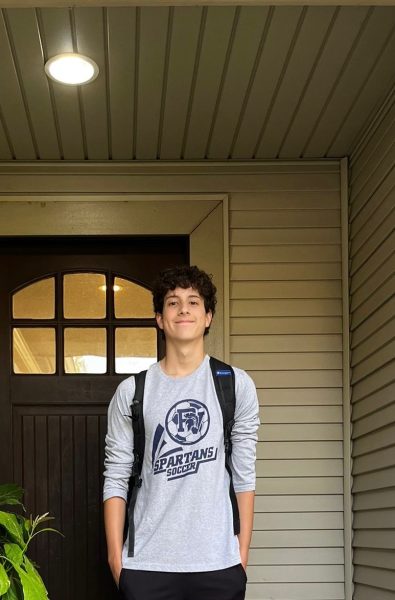For seventy years, the United States has made several attempts to compensate for ongoing systemic injustice towards marginalized groups and races. The passage of the 1964 Civil Rights Act advanced such trends by prohibiting the discrimination of race, gender and religion in the workplace.
Since then, companies nationwide have sought to diversify their workplace through inclusion programs like Diversity, Equity and Inclusion (DEI) that allowed people from all backgrounds to thrive in their place of business. Its implementation in businesses arose not from a desire from employers to meet hiring quotas, but to ensure that race or socioeconomic status does not hinder a qualified candidate’s possibility of employment.
Recently, companies and government institutions alike have reversed many of their long standing DEI programs in an effort to comply with Trump’s anti-DEI executive order. The order included the following: “The Director of the Office of Management and Budget (OMB), assisted by the Attorney General and the Director of the Office of Personnel Management (OPM), shall coordinate the termination of all discriminatory programs, including illegal DEI and diversity, equity, inclusion, and accessibility”.
Other executive orders have prohibited colleges from making decisions based on race and urged them to dismantle existing DEI programs.
Until recently, Iowa State University prided itself on its variety of inclusion programs on campus. Its diverse group of clubs ensured that students from all backgrounds could interact with others who shared similar interests. However, Trump’s anti-DEI agenda has led to the closure of many of these clubs.
Iowa State’s Latino family visit day – under which students from Hispanic backgrounds could experience Spanish-led tours and introduce themselves with other Hispanic students – is no longer available to incoming students. Another hispanic-related club, Lazos, fostered connections amongst Latino men to encourage members of their community and celebrate their achievements. It provided opportunities for students to network with students and faculty while also fostering lifelong relationships.
After the University cut all its funding, Lazos was forced to dissolve, leaving no trace of the club on the Iowa State website.
Students and faculty members alike have shared concerns over the gutting of DEI programs like Lazos, arguing that there is still more to be done regarding DEI. “Men who are white still get the majority of science jobs and dominate higher level leadership positions across all sectors of our society,” an anonymous faculty member at Iowa State University explained. “At the CEO level of Fortune 500 companies, the number of women CEOs finally outnumbered the number of CEOs named John.”
Prior to the disintegration of DEI-oriented clubs, Iowa State removed over $2.1 million from the budget of their diversity and inclusion offices in October 2024. They did so to comply with a state law that banned DEI programs in Iowa’s public universities and colleges. The University of Iowa and University of Northern Iowa have implemented similar changes, restructuring and even completely dismantling their respective DEI offices.
In another controversial decision, the Iowa House recently passed House File 269, which would eradicate critical race theory and DEI-related lessons from colleges entirely.
“This is an unprecedented attack on how science and education has been funded and ‘working’ for the past 40-50 years” the Iowa State faculty member said about the changes.
Partly to blame for the sudden reversals is the 2023 Supreme Court case Admissions Inc. v. University of North Carolina. The court ruled 6-3 to end affirmative action in the admission process, overturning 45 years of legal precedent. It set forth a new precedent under which decades of progress regarding civil rights can be reversed.
Since then, it has become easier for colleges and governments to reverse programs under the guise of DEI. Aushtin Shaw – a freshman at Stanford University – relies on ethnic-based housing for his living situation; the university’s shift away from affirmative action threatens his housing program. “Living in ethnic-based housing has given me a strong sense of community that has really made this place feel more like home,” explained Shaw. “But the current administration’s attitudes toward DEI have garnered feelings of anxiety and uncertainty from students who may be affected. I can’t imagine how hard it would be if I was the only black person in my dorm of 100 students.”
Recently, Trump’s administration pressured Stanford University into dismantling their DEI programs, claiming the existence of race-based preferences in their admission processes. He opened investigations into the university, prompting quick compliant efforts from Stanford that put DEI-supported programs like Shaw’s at serious risk.
The effects of DEI have already catalyzed serious demographic changes in colleges nationwide. Last year, Black students accounted for 15% of enrollments into MIT – that number dropped to 5% this year. Likewise, the number of Hispanic students dropped from 16% to 11% in 2024.
As universities shift towards new methods of education to comply with the government’s current negative attitude towards DEI, it’s unclear if historically marginalized groups will face renewed barriers to success in education and employment.









